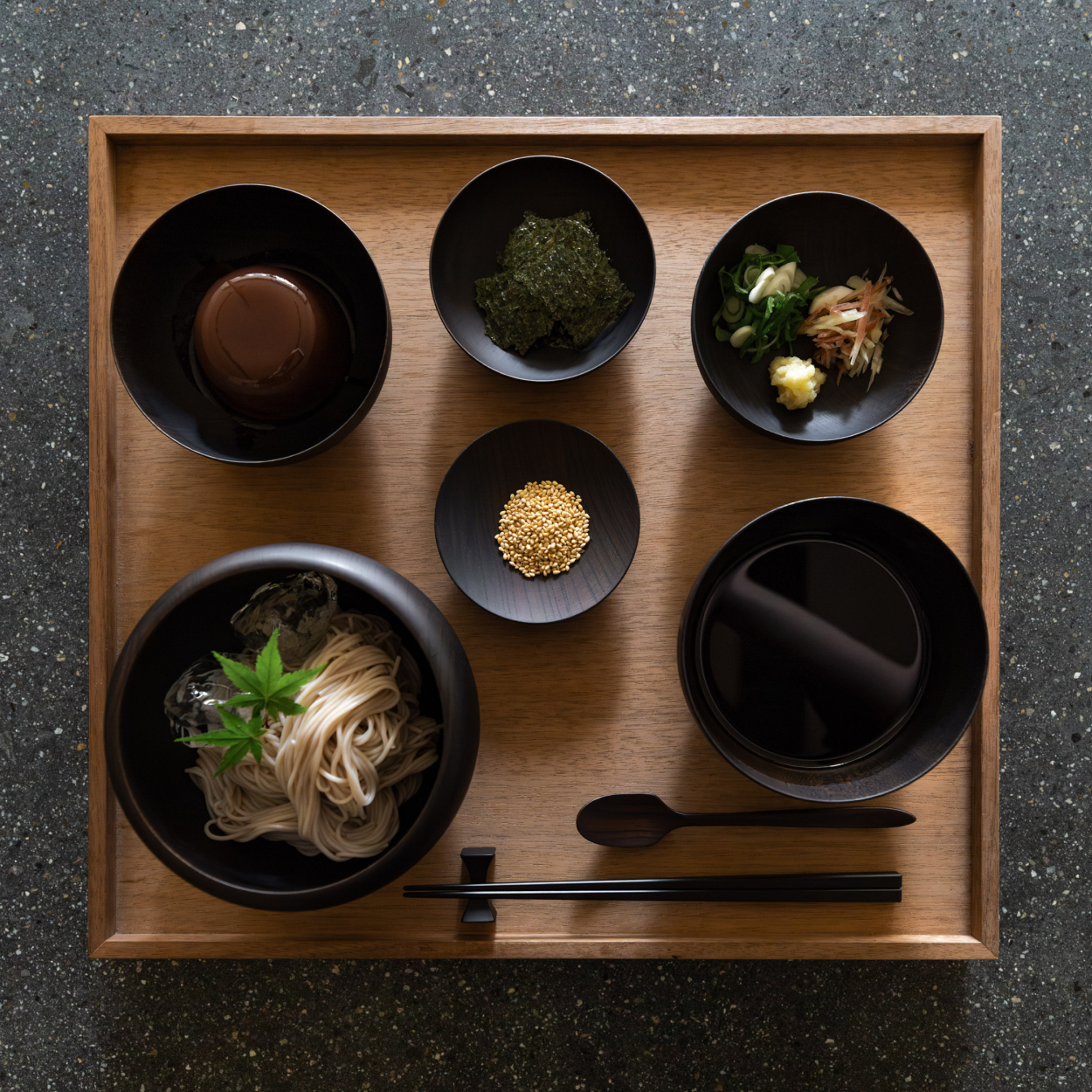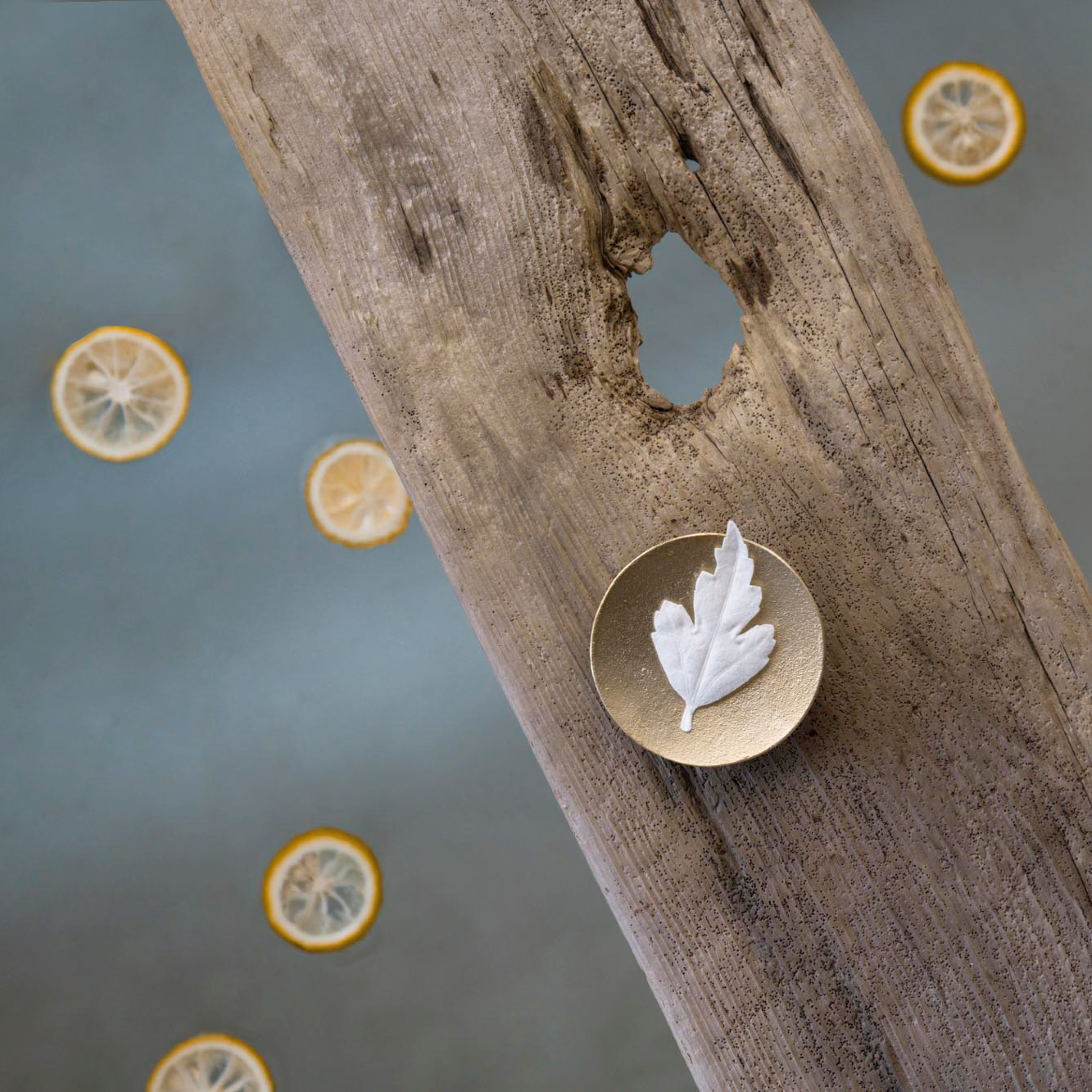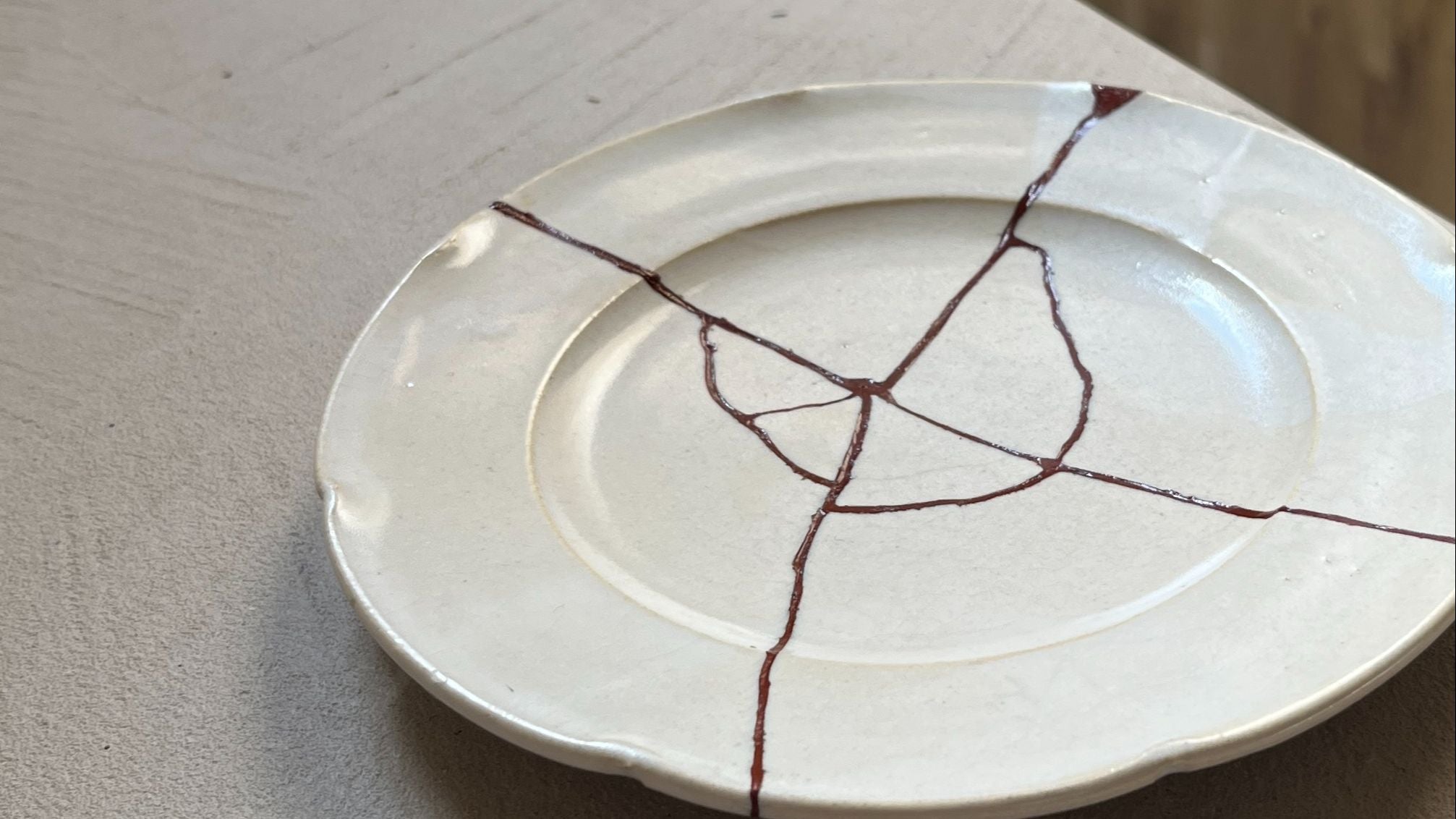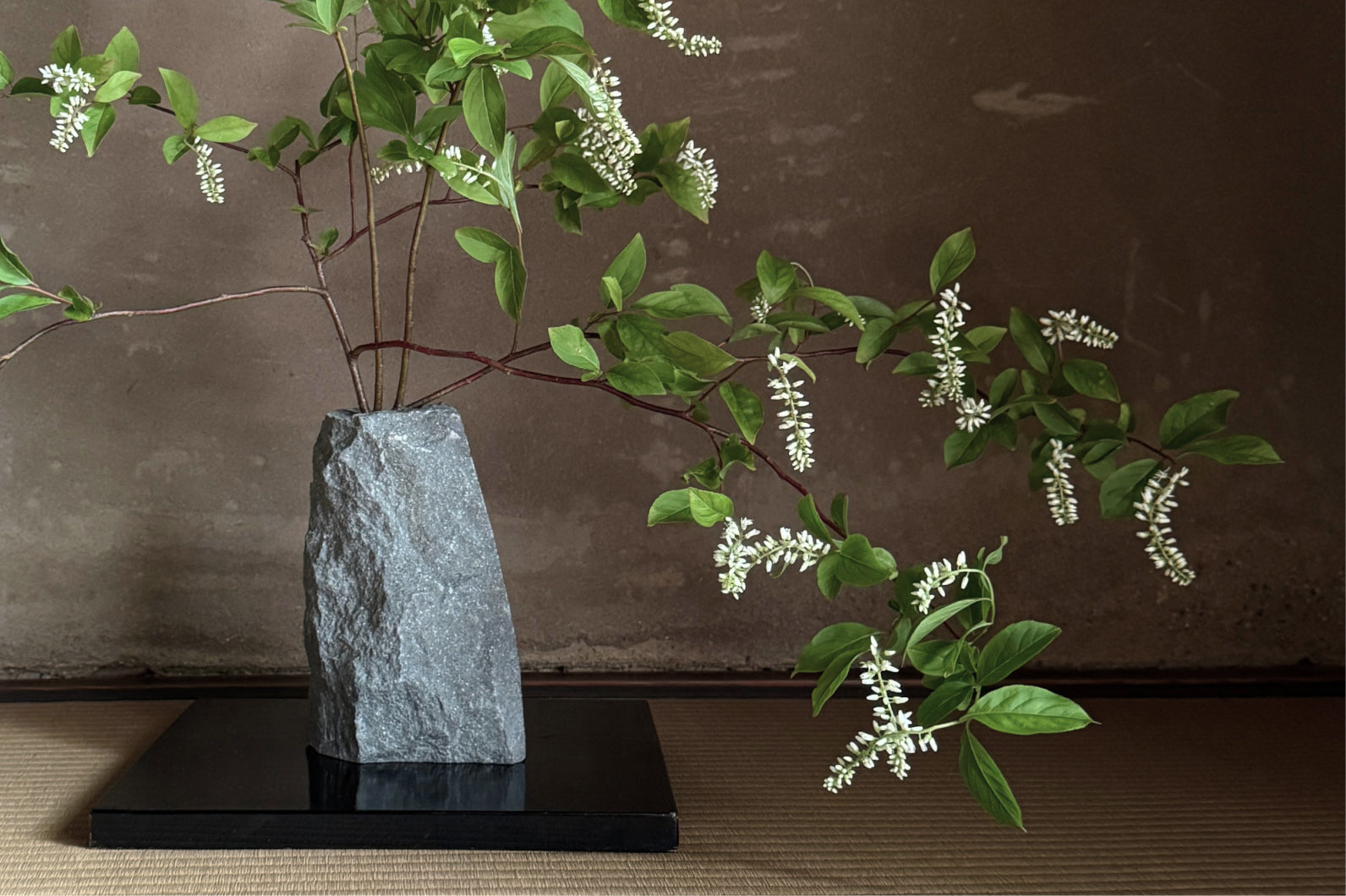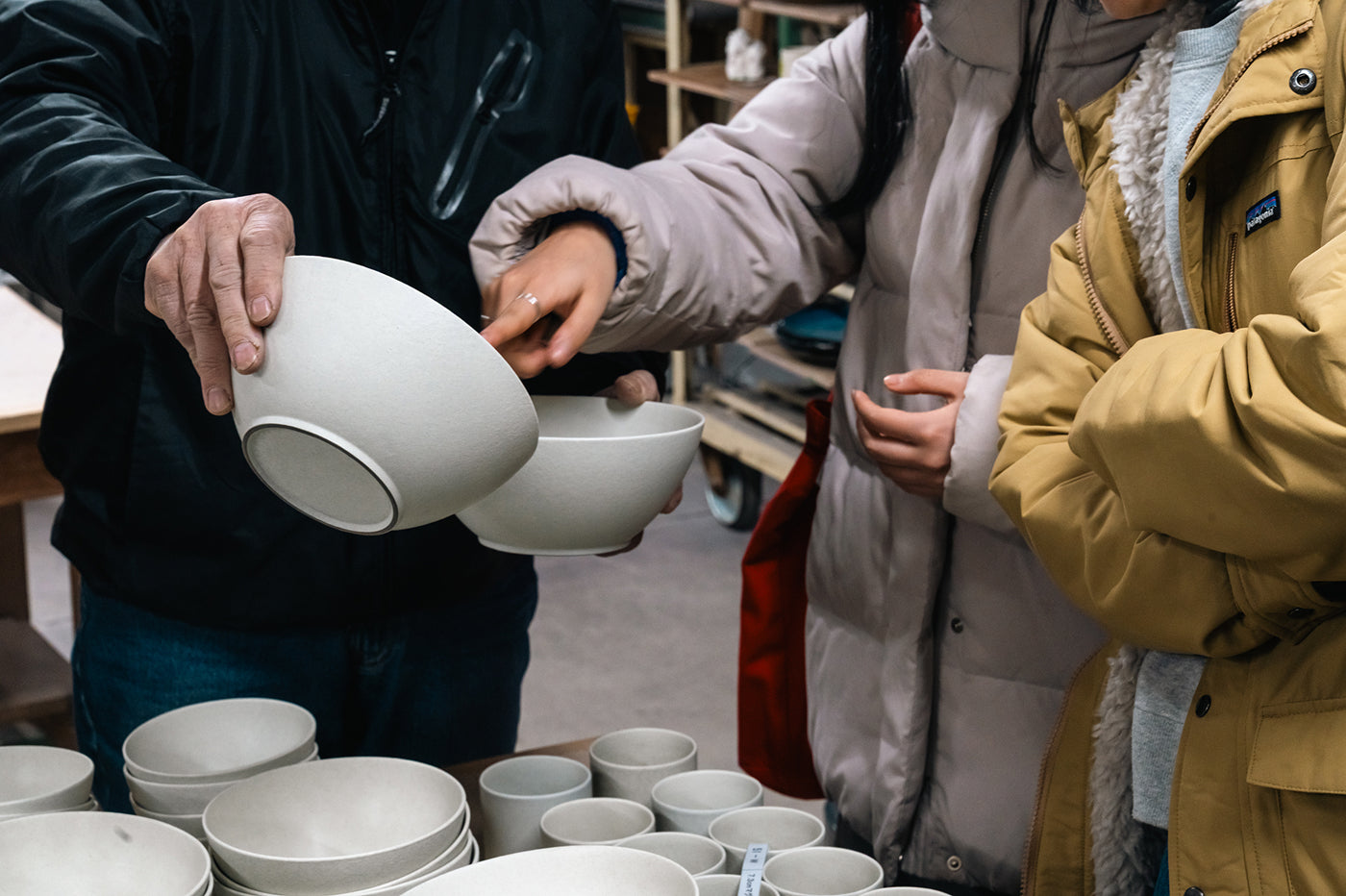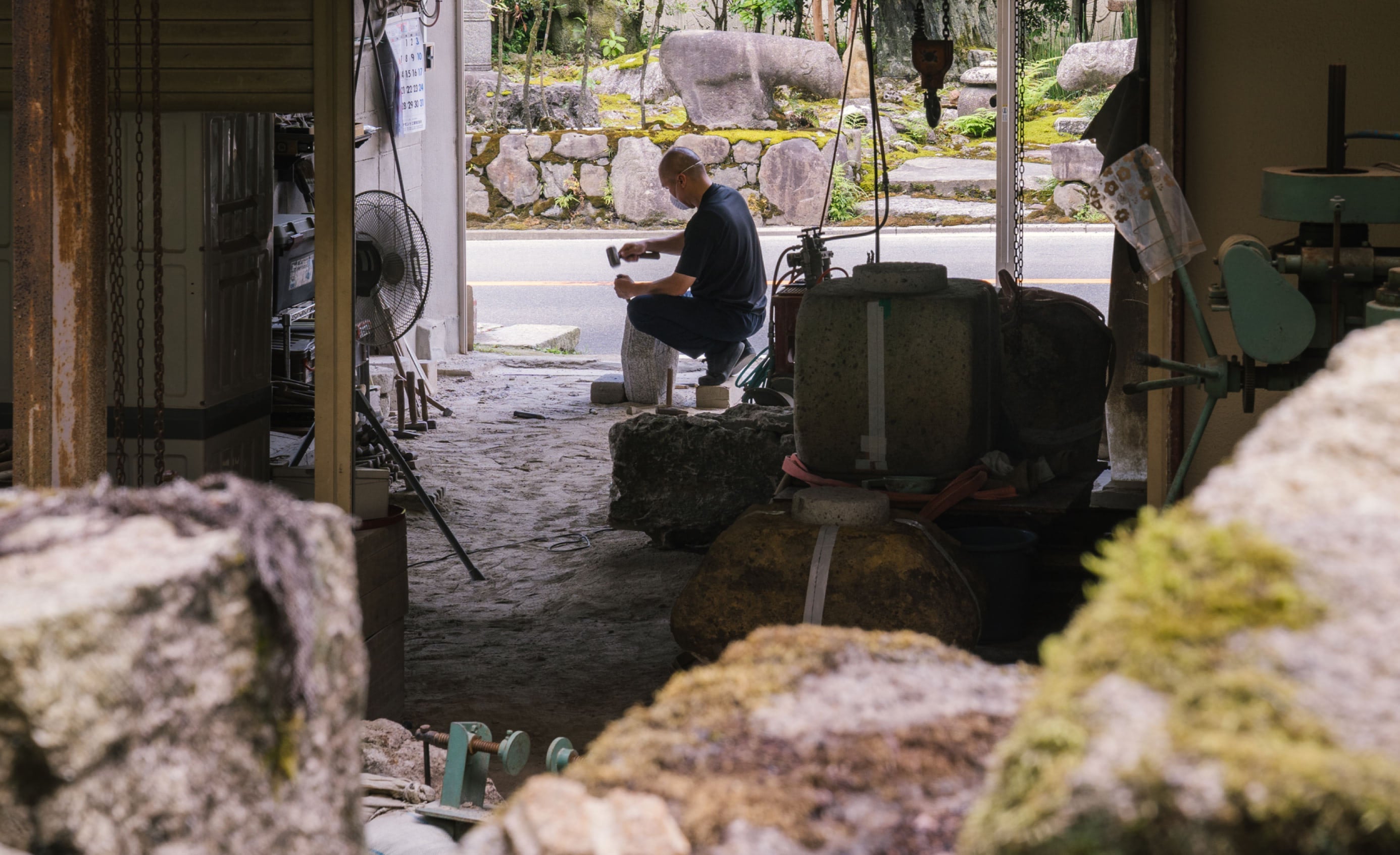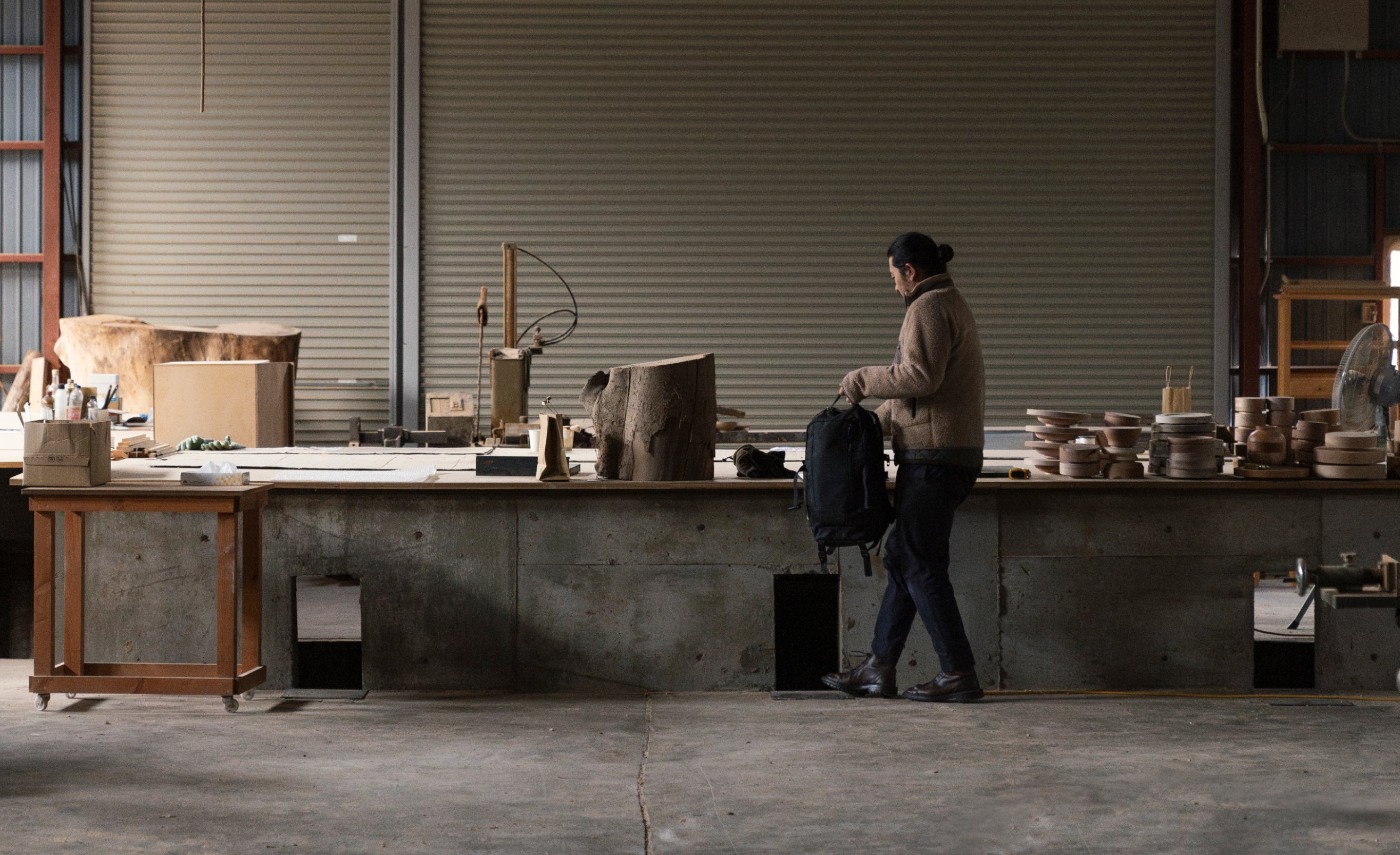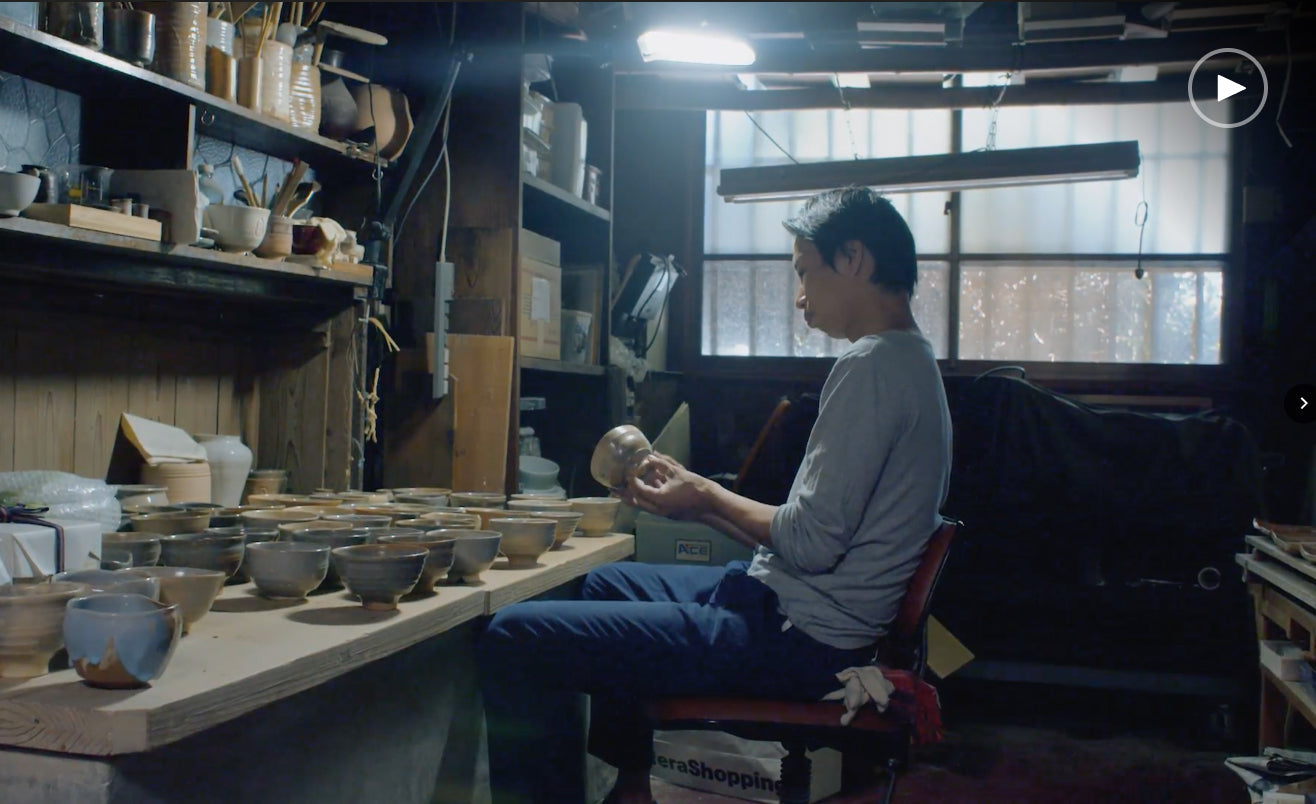Kintsugi repairs something broken into something that can be used again for years, decades, or even generations to come. Here in Japan, our ancestors developed a sustainable means of repair as it is a reflection of our innate everyday way of thinking and behaving.
In this series, we explore Japanese words that don’t have an exact English equivalent. These colloquial single words are part of the fabric of the Japanese state of mind, and serve as the backbone behind why kintsugi came to be.
Kintsugi is often related to the notion of mottainai.
“Mottainai!”, a mother would shout if her child didn’t finish their bite of dinner.
“Mottainai!”, when a skilled pianist leaves her art for a 9 - 5 desk job.
“Mottainai!”, says a husband who feels undeserving of his wife.
“Mottainai!”, a t-shirt is thrown away but could have certainly been used as a rag.
“Mottainai!”, of eating delicious, meticulously prepared sweets.
“Mottainai!”, when a beautiful piece of art isn't receiving the light it deserves.
Sure, the nearest rough translation could be something like “Don’t be wasteful!” or “What a shame!” or “I am not worthy!”, but it certainly cannot be condensed into these phrases alone.
The Nobel Prize-winning Kenyan activist, Wangari Maathai, shared the concept of mottainai at the launch of the United Nations Human Rights Council in 2006 as “to be grateful, to not waste and be appreciative of the limited resources.”
Living in a small island nation with restricted foreign trades for nearly 300 years, mottainai was simply common sense. Everyday, our ancestors lived with great awareness that they are but a single piece of the massive movement of the natural world, and grateful for all of the other pieces.
Across the city streets of Edo, there were thousands of craftspeople who specialized in the repair of specific items, such as umbrellas, shoes, blankets, and kitchen utensils.
Kimono is purchased as a tanmono sheet of fabric and then shitate hand-sewn, tailored to the wearer. However, kimono can be unsewn and returned to a tanmono, Tailored again to fit the wearer as they change over a lifetime, or tailored to the new wearer when the tanmono is passed down to the next generation. Even after the cloth gets old and soft, they turn into bags and pajamas, then diapers, and eventually dust cloths.
Kintsugi makes the most of the bounty that is received from our ancestors and from the natural world.
The rapid globalization of production, and rise of consumerism has withered our innately intimate relationship with the natural world. But our more recent social mindshift in thought and behavior worldwide has embraced kintsugi. Embracing the wisdom of our ancestors and their active attention toward mottainai.
